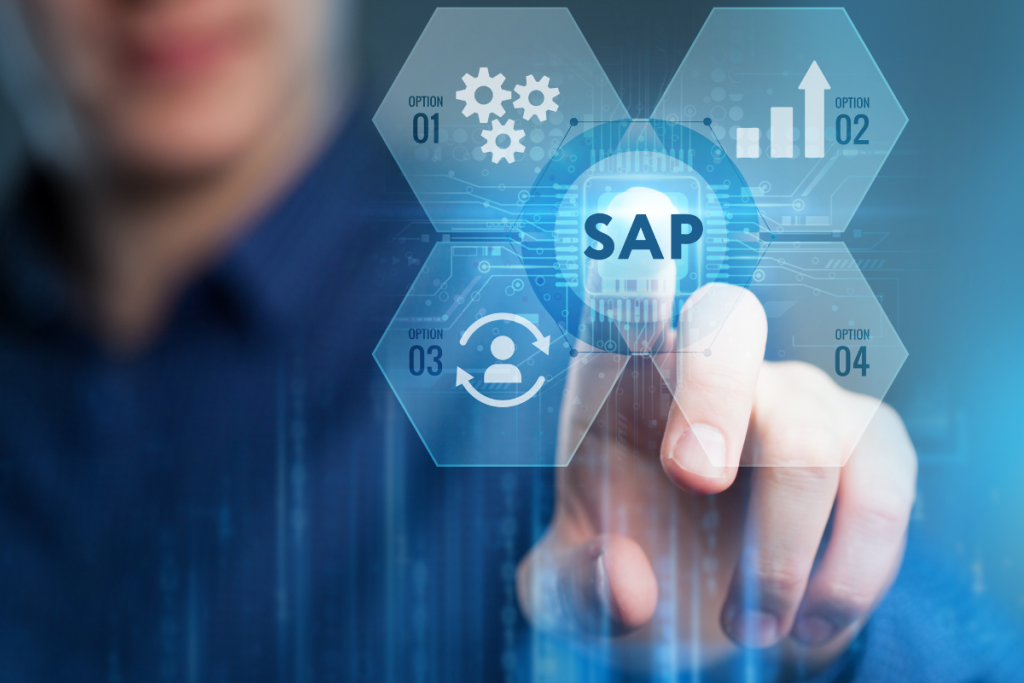SAP, the enterprise software company known for its ERP platforms used across global manufacturing and retail, is taking a decisive step forward in operational automation. Its newest generation of embedded AI agents is no longer designed just to analyze data or suggest next steps, they now execute tasks inside the ERP itself.
That shift, from insight generation to direct action, has implications for how supply chains function under pressure, especially for companies managing complex, high-velocity networks.
In Brief:
• SAP’s new AI agents are being built into its Cloud ERP to automate tasks like supplier onboarding and production recovery
• These agents act within core business processes, eliminating the need for separate orchestration layers
• The move signals a broader industry shift toward real-time, self-adjusting supply chains
AI Enters the Execution Layer
SAP’s next-generation AI agents are not built for dashboards, they’re built for action. In its Q2 2025 results, the company revealed a decisive move toward agentic automation within core supply chain functions.
“In supply chain management, upcoming agents will keep production moving,” said Christian Klein, SAP’s CEO during the company’s Q2 earrings call. “For example, by recommending and onboarding suppliers and proactively responding to shop floor disruptions.”
SAP is actively launching these capabilities across its customer base. Unlike previous AI tools that sit outside the ERP or rely on human activation, these agents operate within the same systems that manage procurement, manufacturing, logistics, and finance. That native integration cuts out delay, and avoids the friction that often comes from layering new tools on top of old processes.
From Decision Support to Direct Execution
Most enterprise AI adoption to date has centered on speed—writing faster emails, summarizing reports, or improving forecast accuracy. SAP’s latest agent-based approach moves well beyond that. It reframes AI not as a support tool, but as an execution engine.
These agents aren’t limited to generating recommendations. They’re taking on full operational tasks: resolving supplier disputes, onboarding vendors, and responding to production issues, without waiting for human input.
“More than half of our cloud order volume last quarter came from deals involving AI use cases,” said Christian Klein, SAP’s Chief Executive Officer. The company expects to roll out 40 AI agents by the end of the year, with several focused specifically on supply chain scenarios.
The shift reflects a growing urgency among global manufacturers and consumer brands to close the gap between insight and action. In dynamic operating environments, delays of even a few hours can result in lost revenue, missed service levels, or excess inventory.
SAP’s embedded agents are designed to intervene early, rerouting shipments, activating alternate suppliers, or resequencing production lines as disruptions unfold. The goal isn’t to replace human oversight, but to offload routine variability and let teams focus on longer-term alignment and strategy.
The Operating Model Is the New Frontier
The significance of SAP’s move isn’t in the product, it’s in the model shift it reveals. AI is no longer an insight layer sitting above the ERP. It’s being trained and deployed within the process layer, executing specific tasks with defined business rules, and learning from each cycle.
This rewiring forces enterprises to re-express supply chain roles in terms of agent supervision and exception governance. It redefines integration not as system stitching, but as embedded action. And it challenges legacy notions of where execution lives, no longer in the warehouse or control tower alone, but in the software itself.
Companies that treat AI agents as bolt-ons will continue to struggle with orchestration gaps. Those that treat them as native execution layers, connected, contextual, and composable, stand to redesign their supply chains for a new responsiveness standard.
Final Thought: When AI Is the Operator
What makes SAP’s latest move significant isn’t the AI itself, it’s where that AI lives and what it’s allowed to do. Rather than adding yet another tool to the stack, SAP is using AI to reshape how work flows through its core system.
For companies building future-ready supply chains, the question is no longer whether to use AI, but whether the architecture they’re building allows AI to operate directly, and decisively, where the business moves fastest.



